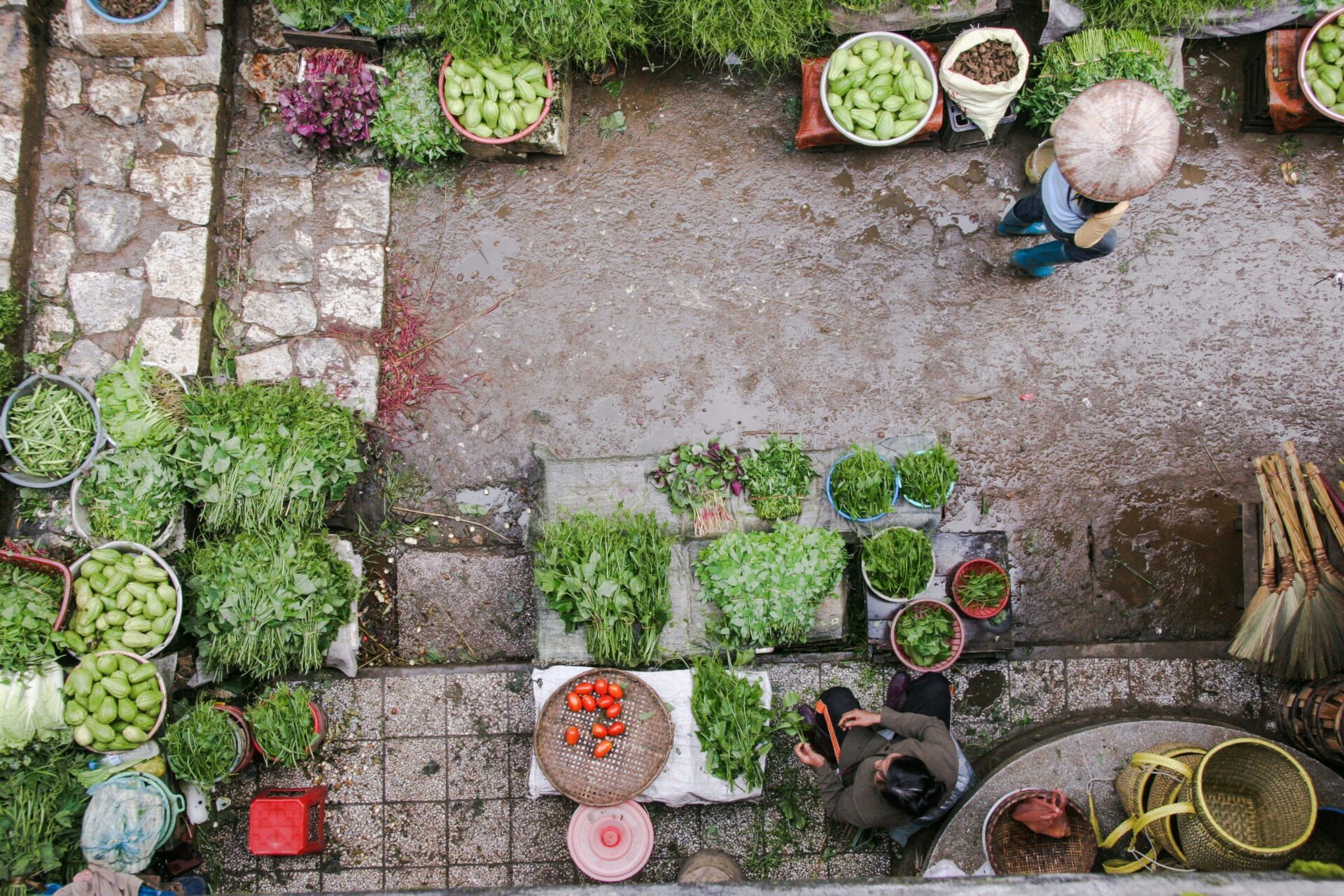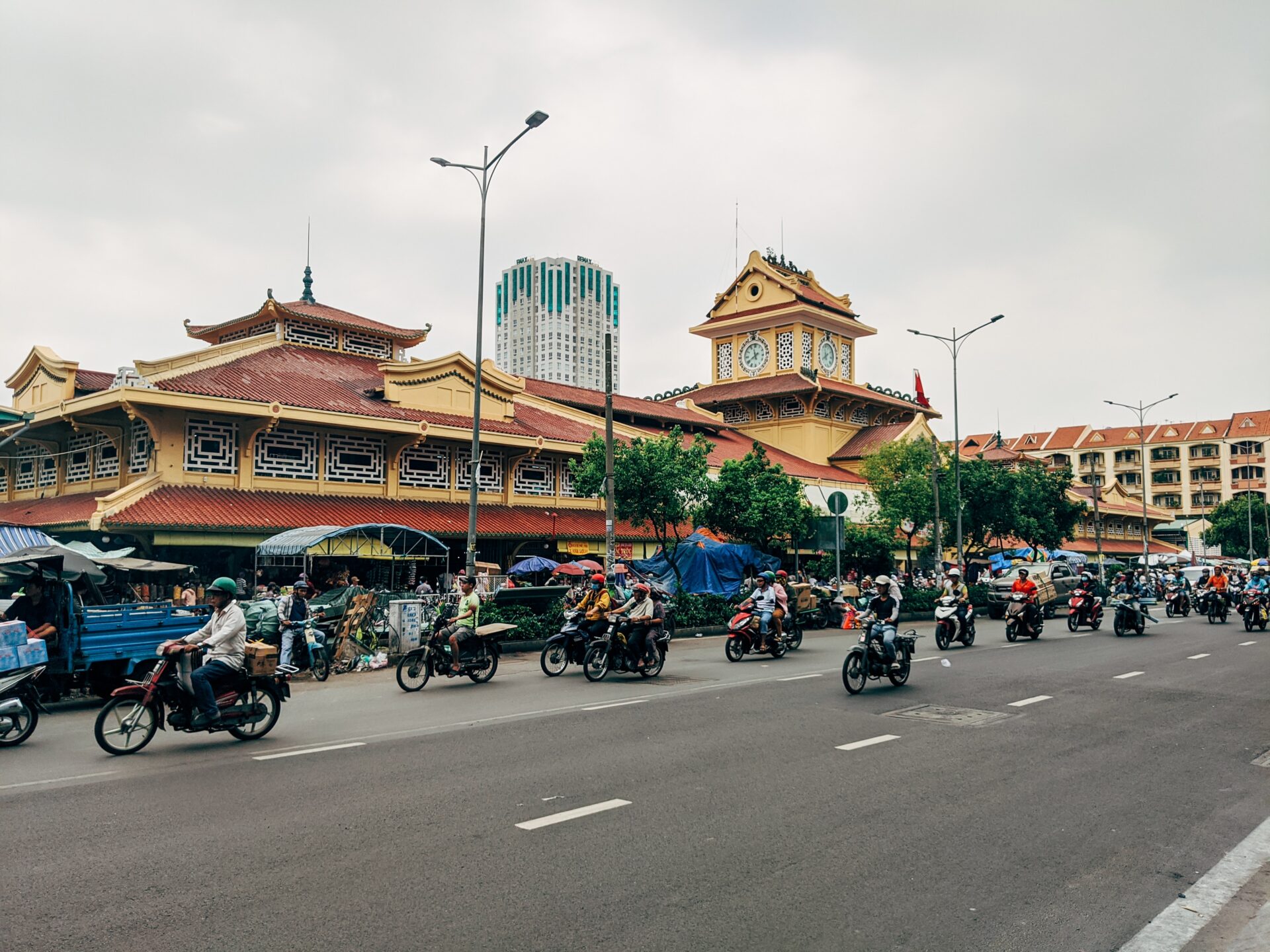The Regional Variety of Vietnamese Cuisine: A Thorough Comparison of Northern, Central, and Southern Flavors

Vietnamese cuisine is one of the most celebrated in the world. Dishes like Pho and Banh Mi are widely recognized, but what many people may not realize is that Vietnamese cuisine varies greatly depending on the region. In particular, the food in the north, central, and southern parts of Vietnam differs significantly, with each area having its own unique culinary traditions.
In this article, we will explore the distinct features of these three regions, showcasing their signature dishes and culinary culture. Whether you plan to visit Vietnam or want to cook Vietnamese food at home, understanding these regional variations will deepen your appreciation for Vietnamese cuisine.
目次
1. Northern Vietnam Cuisine: Simple and Elegant Flavors
Northern Vietnam, with its cooler climate and mountainous terrain, is rich in agricultural produce. The cuisine in the north reflects this landscape, emphasizing simplicity and elegance. The dishes here focus on the natural flavors of the ingredients, using minimal seasoning to enhance the subtle taste.
Pho (Phở)
The most iconic dish of northern Vietnam is undoubtedly Pho. Made from thin rice noodles and a light broth, usually from beef bones or chicken, Pho is a delicate and refreshing soup. The northern version of Pho prioritizes the purity of the broth, with minimal toppings such as lime, herbs, and a small amount of fish sauce (nuoc mam).
Bun Cha (Bún chả)
Another must-try northern dish is Bun Cha, a combination of grilled pork and rice noodles served with a sweet and tangy dipping sauce. The grilled pork is smoky and flavorful, and when mixed with the noodles and sauce, it creates a perfect balance of flavors. This dish exemplifies northern Vietnam’s emphasis on simplicity and balance.
Northern dishes are generally mild in flavor, focusing on freshness and the quality of ingredients. Warming soups are also common in this cooler region, providing comfort during the colder months.
2. Central Vietnam Cuisine: Spicy and Vibrant Flavors
Central Vietnam lies between the northern and southern regions, but its cuisine stands out with a strong, distinctive character. The city of Hue, once the imperial capital, has influenced the cuisine of this region, bringing sophistication and royal flair to the dishes. Central Vietnamese food is known for its spiciness and bold flavors, often more intense than in other regions.
Banh Beo (Bánh bèo)
Banh Beo is a popular dish from Hue. These small steamed rice cakes are topped with a mixture of shrimp, pork, and fried shallots, then drizzled with fish sauce. The bite-sized portions and elegant presentation reflect the royal culinary traditions of the region.
Mi Quang (Mì Quảng)
Mi Quang, a specialty of Da Nang and Quang Nam Province, features thick yellow rice noodles flavored with turmeric, topped with shrimp, pork, and crushed peanuts. The dish is served with a small amount of broth, unlike the soupy Pho of the north, and the bright colors and rich textures make it a feast for both the eyes and the palate.
Central Vietnamese cuisine is a vibrant mix of spicy, savory, and complex flavors, reflecting the region’s history and abundant natural resources. For those who enjoy bold and spicy dishes, the food of Central Vietnam is sure to impress.
3. Southern Vietnam Cuisine: Sweet and Abundant Flavors
Southern Vietnam, centered around the Mekong Delta, is blessed with an abundance of fruits, vegetables, and seafood. The warm climate and fertile soil contribute to the region’s rich culinary offerings. Southern Vietnamese dishes tend to be sweeter and more robust in flavor compared to those of the north and center.
Banh Xeo (Bánh xèo)
One of the most famous southern dishes is Banh Xeo, a crispy rice flour pancake filled with shrimp, pork, and bean sprouts. The pancake is fried to a golden crisp and then wrapped in fresh greens before being dipped in a sweet and sour fish sauce. The contrast between the crispy texture and the fresh herbs makes this dish irresistible.
Hu Tieu (Hủ tiếu)
Hu Tieu is a noodle dish popular in Southern Vietnam, particularly in Ho Chi Minh City. This Chinese-influenced dish features rice noodles topped with pork, shrimp, and a variety of vegetables, served in a slightly sweet broth. It is a light yet flavorful dish, perfect for the tropical climate of the south.
Southern cuisine is known for its use of sweet flavors and generous portions, reflecting the abundance of food resources in the region. Those who enjoy sweeter dishes will find southern Vietnamese cuisine particularly appealing.
4. Conclusion: Experience the Unique Flavors of Each Region
Vietnamese cuisine is deeply influenced by the geography and history of the country, and each of the three main regions—north, central, and south—offers a unique culinary experience. Northern Vietnam is known for its simple, ingredient-driven dishes, Central Vietnam for its spicy and vibrant flavors, and Southern Vietnam for its sweet and abundant offerings.
When exploring or cooking Vietnamese cuisine, keeping these regional differences in mind will enhance your culinary journey. Whether you’re tasting the delicate flavors of the north, the fiery spices of the center, or the tropical sweetness of the south, each bite offers a new way to appreciate Vietnam’s rich and diverse food culture. Dive into the world of Vietnamese cuisine and discover the delicious variety waiting for you!
(Photo by Unsplash.com)



